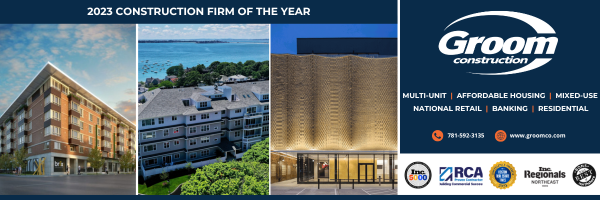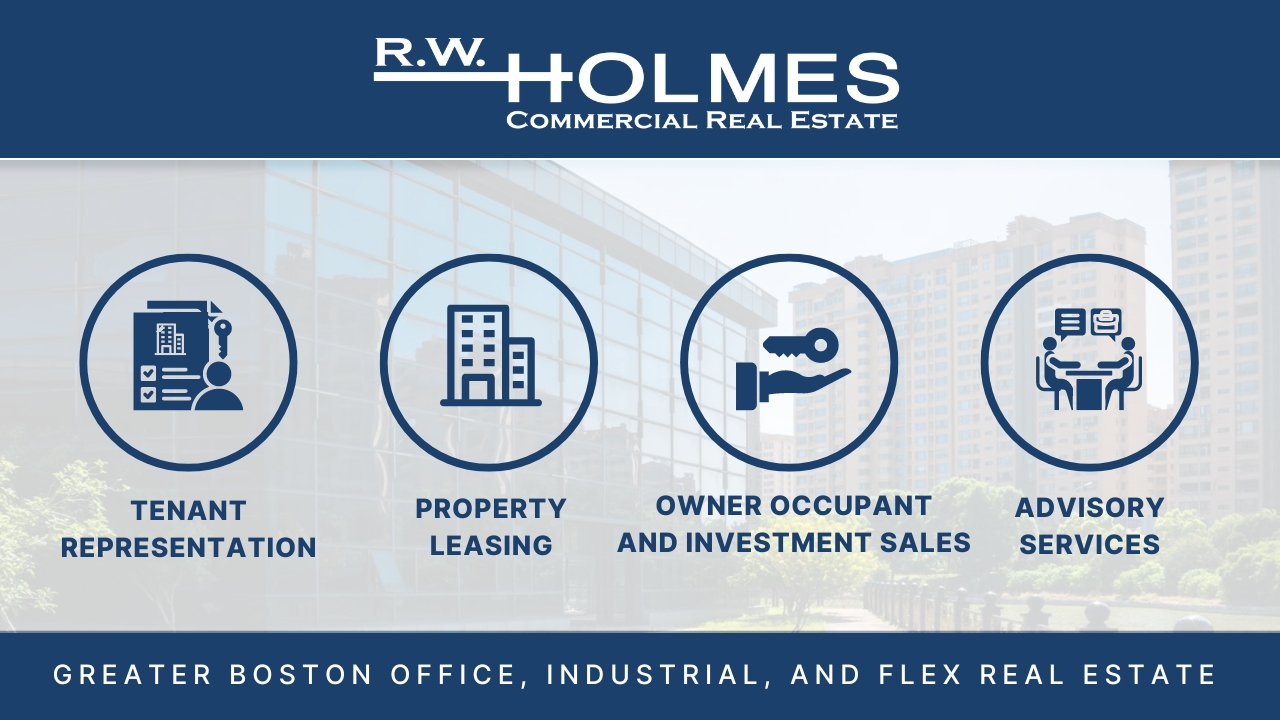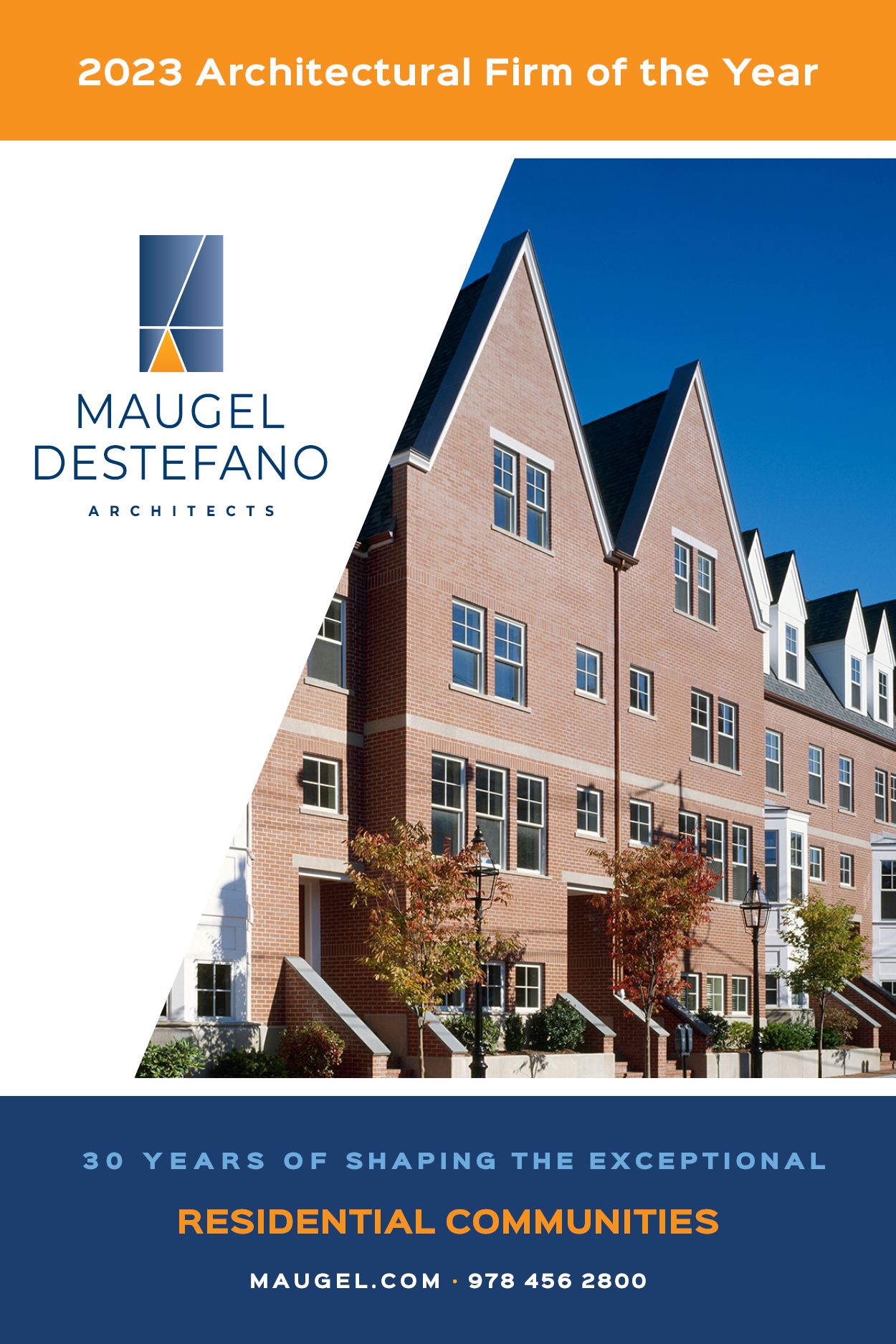BOSTON–Conversions of outdated office buildings to other uses such as multifamily complexes, life sciences labs and hotels have garnered widespread attention as the office market adapts to hybrid work. Still, conversion projects in the works represent only a small fraction of the overall market, according to a new report from CBRE.
CBRE’s analysis found 218 office conversions completed in the U.S. from 2016 to 2021, averaging roughly 36 projects annually. This year has surpassed that average, based on CBRE’s tracking 42 completed conversions so far and another 21 slated for completion by year end, conditions allowing.
In addition, CBRE has identified another 217 conversion projects either under construction or in planning stages, though the completion of many of those may fall prey to financing shortfalls or regulatory issues. Of projects proposed or under development this year, 50% are conversions to labs, 29% are multifamily, 9% are mixed-use, nearly 6% are hotels, nearly 6% are “other” projects, and nearly 2% are industrial uses (These percentages are rounded).
The prospect of converting office buildings to other uses is topical for real estate investors and local governments alike. Office vacancies have risen over the past two years as many companies pare their office portfolios in response to widespread hybrid work. The 17.1% vacancy rate in this year’s third quarter – which tracks leased space rather than physically occupied space – is the highest since 1993.
Even so, conversions are a niche trend that will resonate more on the local level than the national level. To wit, CBRE’s analysis of the top 38 U.S. office markets found that the sum of every conversion completed since 2016 in those markets and every conversion now in the development pipeline in those markets amounts to 91.1 million sq. ft. That’s roughly 2% of the total U.S. office inventory of more than 4 billion sq. ft.
“Office conversions are an intriguing topic because demand is high in many markets for alternative uses such as multifamily and life sciences labs,” said Mike Watts, CBRE Americas President of Investor Leasing. “However, there are many factors that must line up correctly for a potential conversion project to work, including financing, construction costs, local zoning and the building’s structure and floorplate. Conversions can be the solution in some cases, but not for all outdated or obsolete office buildings.”
Office buildings that are converted often end up as one of three alternative uses:
Multifamily:
Developers converted 89 office buildings into multifamily units in 26 major U.S. markets since 2016, according to CBRE’s research. Those projects cumulatively converted 16.4 million sq. ft. of office space into more than 14,000 apartment units. Numerous such conversions have been completed or are in progress in Cleveland, Pittsburgh and Washington, D.C.
Challenges for these types of conversions include structure and floorplan in that apartments need windows, and many office-buildings floorplans are too large to allow for windows in every unit, especially interior units. Additionally, the value of a given office building typically must fall below a certain threshold, which varies by market, before a conversion to other uses makes financial sense.
Labs:
Close to half (29) of the 63 office conversions completed or scheduled for completion this year are for life sciences uses. Most of that activity is taking place in leading life sciences hubs Boston, San Diego and San Francisco Peninsula. Most office buildings would need significant renovations to add features needed for life-sciences work, including higher ceilings, clean rooms, more loading docks and increased mechanical, electrical and plumbing engineering.
Hotels:
Developers converted 45 office buildings to hotels since 2016, with another 14 now under construction or in planning phases. Active markets for office-to-hotel conversions in the past two years include Cincinnati, Houston and Kansas City. Most office-to-hotel conversions require the same additions as office-to-multifamily conversions, including more plumbing, kitchens, bathrooms, finishes and enhanced heating, ventilation and air conditioning.
“There are challenges inherent in most office-conversion projects, but conversions also have advantages,” said Jessica Morin, CBRE’s Americas Head of Office Research. “Converting an office building to a different use often can be less expensive than constructing a new building from the ground up. There also are advantages of historic preservation and sustainability in reusing existing structures.”
Most Active US Markets For Office Conversion Projects
| Market | Conversions Planned or Announced* | Conversions Underway* | Total |
| Boston | 10 | 28 | 38 |
| San Francisco Peninsula | 3 | 18 | 21 |
| Los Angeles | 9 | 2 | 11 |
| Washington, DC | 6 | 5 | 11 |
| New Jersey | 4 | 5 | 9 |
| Phoenix | 7 | 2 | 9 |
| Denver | 3 | 6 | 9 |
| Cleveland | 3 | 5 | 8 |
| Louisville | 4 | 4 | 8 |
| Cincinnati | 1 | 6 | 7 |
| Dallas/Fort Worth | 6 | 1 | 7 |
| Suburban Maryland | 2 | 5 | 7 |
*As of Q3 2022




















